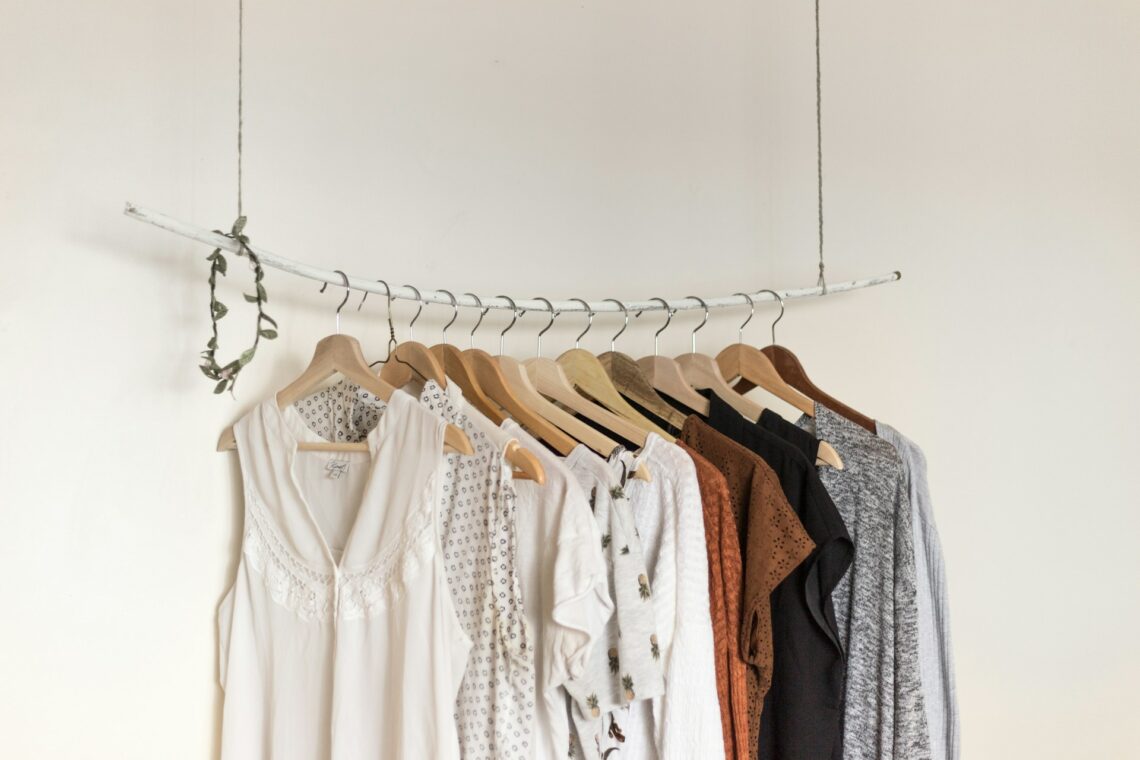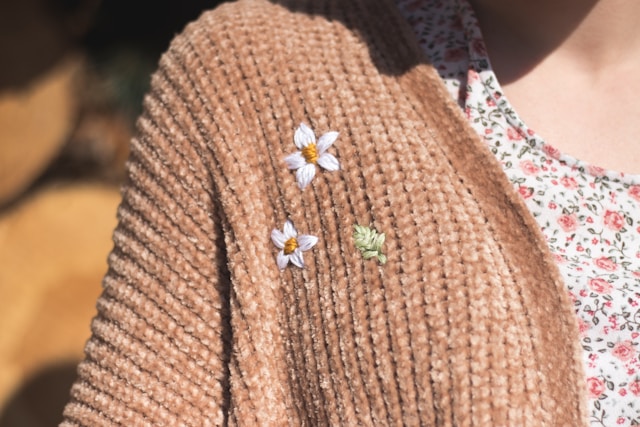
How to Be a Conscious Shopper When Buying Summer Clothes
Summer’s nearly here, and with it comes the urge to refresh your wardrobe with breezy, stylish pieces. But before you dive head first into the latest trends, let’s talk about how you can make more conscious choices while shopping for summer clothes.
While it might not be possible to do all of these, whether because of access or budget, adopting one or two of these can help reduce your impact. If everyone approached summer or holiday clothes shopping in this way, the collective impact of these changes would be huge.
If you’re going to be shopping for the warmer weather or holidays abroad we urge you to give some of these eco-friendly tips a try!
See What Summer Clothes You Already Have
It seems obvious but before hitting the shops or browsing online, take a moment to take a look at your current wardrobe. Pull out all of your summer clothes from last year and lay them out. You’ll be surprised at how many items you might have forgotten about, especially if you’ve had them in storage.
That cute sundress, those comfy shorts, or that stylish hat—rediscovering these pieces can be as exciting as buying new ones and with some different styling or alterations can still be perfect for this summer season.
By knowing what you already own, you can avoid buying duplicates. It also gives you a clear idea of what gaps need filling.
Maybe you need a new pair of sandals or a few more tank tops. Having this knowledge upfront prevents impulse buys and helps you make more informed decisions.
Plan Ahead Before Shopping
Impulse shopping can lead to regret and a cluttered wardrobe. To avoid this, plan your purchases ahead of time.
Think about the activities you have planned for the summer. Are you going to the beach, attending barbecues, or planning a city break? Make a list of the specific items you’ll need for these occasions and try to stick to the list as much as possible.
Next, ensure these new pieces will complement your existing wardrobe. Sticking to a colour palette or a particular style can help create a cohesive look. This way, you can mix and match new items with what you already own, maximising your outfit options without overbuying.
Pinterest is a great place to window-shop to see what sort of styles you like and make a plan for shopping. You can get really specific with your searches such as “denim skirt outfit” to fine tune your results and inspiration.
Repurpose Previous Clothing for This Season
Before you discard any old clothing, consider if it can be upcycled for the upcoming season. With a little creativity and crafting skills, last year’s items can feel brand new.
Here are a few ideas to get you started!
- Shorten Longer Skirts or Jeans: A long skirt can be easily transformed into a modern mini, if you’re good with a sewing machine you could even add some of the tiered ruffles that are currently in style. Similarly, you can transform last year’s jeans into denim shorts with nothing but a pair of sharp scissors.
- Make Crop Tops: Old T-shirts or oversized shirts can be cut into crop tops. Similarly to the denim shorts all you need are some sharp scissors and some steady hands to mark some fun crop tops.
- Add Simple Embroidery or Patches: Personalise your jeans or denim jackets with embroidery or patches. It’s a great way to refresh plain items and add a unique touch to your wardrobe. Theres a trend going round to add delicate flowers to the back pockets of jeans to brighten up an older pair of trousers.

Avoiding Fast Fashion as Much as Possible
Fast fashion might be tempting with its trendy and cheap options, but it’s important to consider its environmental impact.
Fast fashion often involves poor working conditions, excessive waste, and lower quality products that don’t last long. Instead, opt for brands that prioritise sustainability and ethical production where you can.
Look for companies that use eco-friendly materials, pay fair wages, and follow sustainable practices. It might mean spending a bit more for each individual piece, but these pieces are usually of higher quality and longer-lasting, making them a better investment in the long run.
Choose Natural Fibres
Natural fibres like cotton, linen, and bamboo are fantastic choices for summer. Not only are they breathable and help keep you cool, but they also have less environmental impact compared to synthetic fibres, which are essentially plastic.
Natural fibres decompose more easily and don’t shed micro-plastics into our waterways when washed. Plus, they feel great against the skin, especially in hot weather. When shopping, check labels and opt for items made from these natural materials. Your skin and the planet will thank you!
Shop Second-Hand to Help Reduce Fashion Waste
Second-hand shopping is not only budget-friendly but also a great way to reduce fashion waste. Charity shops and online platforms like Depop and Poshmark offer a wide variety of unique and stylish options often at a cheaper price than new.
When you buy second-hand, you’re giving clothes a second life, reducing the demand for new production, and often supporting charitable causes. It’s a win-win situation for you and the environment.
While you’re at it, consider donating your old summer clothing that you no longer want or need. Most charity shops accept gently used items, and some even offer home pick-up services. This way, you can clear out your wardrobe responsibly and help others in the process.
Ultimately being a conscious shopper doesn’t mean you have to sacrifice style or fun!
It’s about making thoughtful choices that benefit you, others, and the planet.
By assessing what you already have, planning your purchases, repurposing old clothes, avoiding fast fashion, choosing natural fibres, and shopping second-hand, you can enjoy a summer wardrobe that’s both fabulous and sustainable.
Happy shopping!





